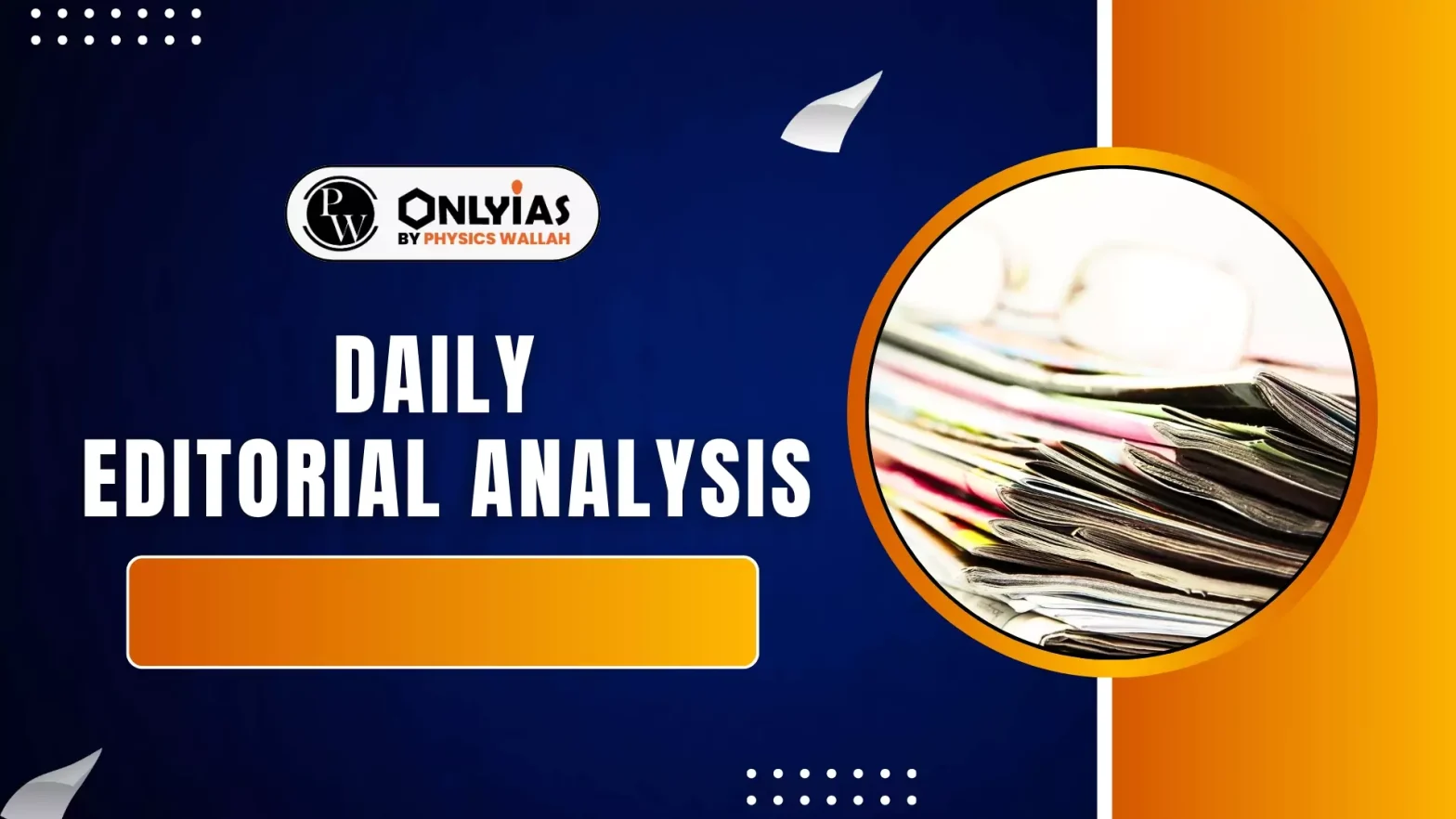Medical oxygen is an essential, life-saving medicine with no substitute, yet nearly five billion people lack access to safe, affordable oxygen. The COVID-19 pandemic highlighted global weaknesses, demanding a sustained, equitable solution beyond crisis-driven interventions.
Global Oxygen Access Gap
- Severe Coverage Gaps: South Asia and East Asia-Pacific face the highest unmet oxygen demand, with coverage gaps of 78% and 74% respectively, as per the Lancet Global Health Commission.
- Pandemic Lessons: The COVID-19 pandemic exposed critical oxygen infrastructure weaknesses, especially in low- and middle-income countries (LMICs).
- Slow Post-COVID Progress: Despite emergency measures and the WHO Oxygen Resolution, long-term improvements have lagged.
Key Challenges Hindering Access
- Infrastructure Deficit: Only 54% of LMIC hospitals have pulse oximeters, and 58% have medical oxygen access.
- Health Impact: These gaps result in delayed diagnoses, inadequate treatment, and avoidable deaths, especially during respiratory outbreaks.
- Funding Requirement: Bridging the global oxygen gap requires $6.8 billion, with South Asia alone needing $2.6 billion.
- Sustainability Challenges: Competing priorities hinder LMICs from sustaining investments without external support and innovative financing.
- Workforce Shortage: Lack of trained biomedical engineers and technicians causes frequent system breakdowns and operational failures.
- Rural Disparities: Rural areas suffer disproportionately due to lack of infrastructure and alternatives.
Towards Sustainable Solutions
- Technological Solutions: Portable concentrators, solar-powered systems, booster pumps, and community hubs can bridge access gaps.
- Global Best Practices: Ethiopia and Nigeria have demonstrated cost-effective success with solar-powered systems in remote regions.
- Regional Focus: South-East Asia must expand solarisation to enhance resilience during power outages.
- Local Manufacturing Need: Reducing import dependence through local production is vital for last-mile delivery.
- Public-Private Collaboration: Government-private sector partnerships are crucial for robust supply chains and scalable models.
Strengthening Oxygen Ecosystems
- Policy Integration: Oxygen must be integrated into universal health coverage and emergency preparedness frameworks.
- Regulatory Framework: Establish strong regulations for safety, quality, and standardised distribution.
- Data-Driven Accountability: Use the WHO Access to Medical Oxygen Scorecard for policy planning and accountability.
- Digital Tools: Invest in real-time digital monitoring, predictive analytics, and supply chain optimisation.
Role of Stakeholders
- Governments: Lead strategy, policy, and resource allocation for oxygen scale-up plans.
- Private sector: Develop cost-effective, context-specific solutions and invest in local production.
- Global health agencies: Prioritise funding, technical support, and ensure oxygen remains a health financing priority.
- Academia and researchers: Innovate low-cost technologies tailored to LMIC needs.
Conclusion
Oxygen is not a privilege but a fundamental human right. Bridging the oxygen gap requires coordinated, long-term investment, political will, and global solidarity to ensure no one is left behind in their moment of need.
![]() 24 May 2025
24 May 2025

